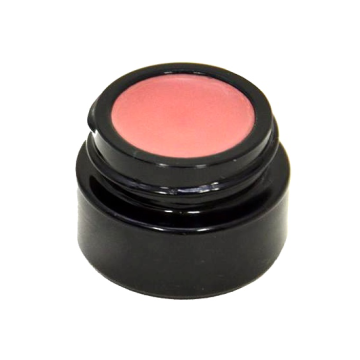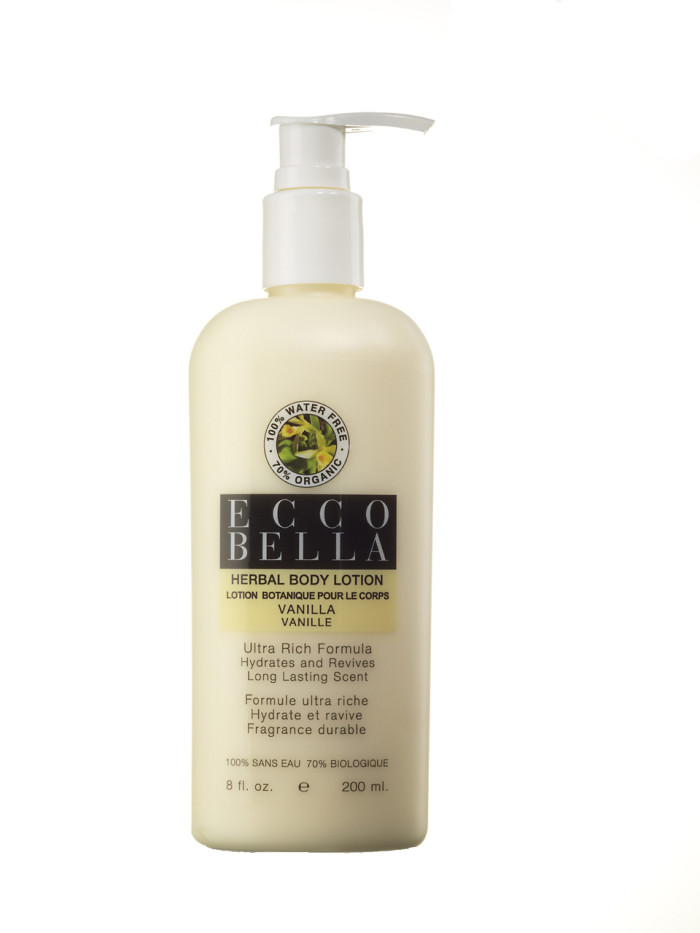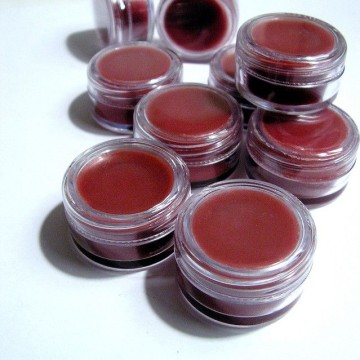Have you ever felt addicted to your chapstick? You apply it, your lips feel great, but shortly afterwards they’re dry again, so you reapply, reapply…
Why Petroleum May Not Be Best for Beauty
As it turns out, the main ingredient in many conventional lip balms, petroleum, may actually do more damage than good. Although petroleum offers immediate relief to dry skin (think Vaseline), over time it can contribute to the problem. (Petroleum also goes by the names: mineral grease, petrolatum, mineral jelly, petrolatum amber, and petroleum jelly. It can be found in lotion, hair conditioners, lip balm, and sunscreen.)
Over the years, petroleum has been promoted as a wonder ingredient that seals skin off from air and water, which supposedly allows the skin to heal more efficiently. But it’s that sealing off that’s the problem. The oil acts as an occlusive barrier, blocking the exchange of moisture—i.e. it may lock moisture in, but it prevents the skin from absorbing atmospheric moisture.
As with all occlusive substances, there is an increased risk for bacteria or comedogenic substances getting trapped under the layer of product–not a recipe for glowing skin! Emollients that allow skin to breathe, like shea butter, are ultimately healthier and more moisturizing (in the long term) for skin.
Are Petroleum Products Safe?
While many dermatologists deem petroleum completely safe, the Environmental Working Group (EWG) gives it a moderate hazard rating. Polycyclic aromatic hydrocarbons (PAHs) are cancer-causing chemicals found in crude oil and its by-products. While petroleum in cosmetics must be highly refined to meet industry standards, thereby reducing the risk of PAHs, there is still a chance that a small amount is present.
The risk may be quite minimal. But given the choice between an antioxidant-rich natural oil versus possibly hazardous and non-renewable petroleum, I’m going with the former, which lead me to my next point:
What about the Environment?
Petroleum comes from crude oil, a nonrenewable resource. Of course, the amount in a chapstick is small compared to what a car burns on a trip to the grocery store, but it is something to be aware of. (Especially if you have an insatiable chapstick addiction!) Some companies use “hybrid petrolatums,” a petroleum substitute created with vegetable oils and waxes—but these companies are few and far between.
Given petroleum’s cheapness and availability, it’s probably going to stick around for a while. Fortunately, many natural-focused companies are opting for greener alternatives that are better for the environment and your beauty!
And without further ado, here are just a few of my favorite petroleum-free products to keep your lips and skin moisturized and dewey 🙂

Ellovi Lip Butter: With only six ingredients, this lip balm is as pure they come–and so luscious on your lips.

Gressa Skin: Lip Boost in “Bare.” If you’re looking for a glam, subtle tint, try this chic lip balm.

Ecco Bella Herbal Body Lotion: Truly rich, this water-free lotion is a must for me during winter months.
Also in Natural Beauty: What is Dimethicone?
Are Charcoal Beauty Products Safe?
__
Photos: Misty Kelley via Flickr, Ellovi, Gressa Skin, Ecco Bella





